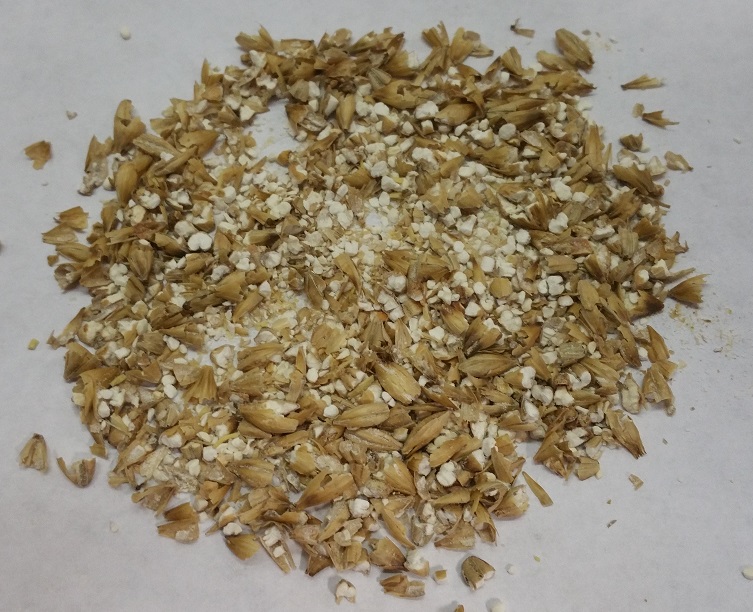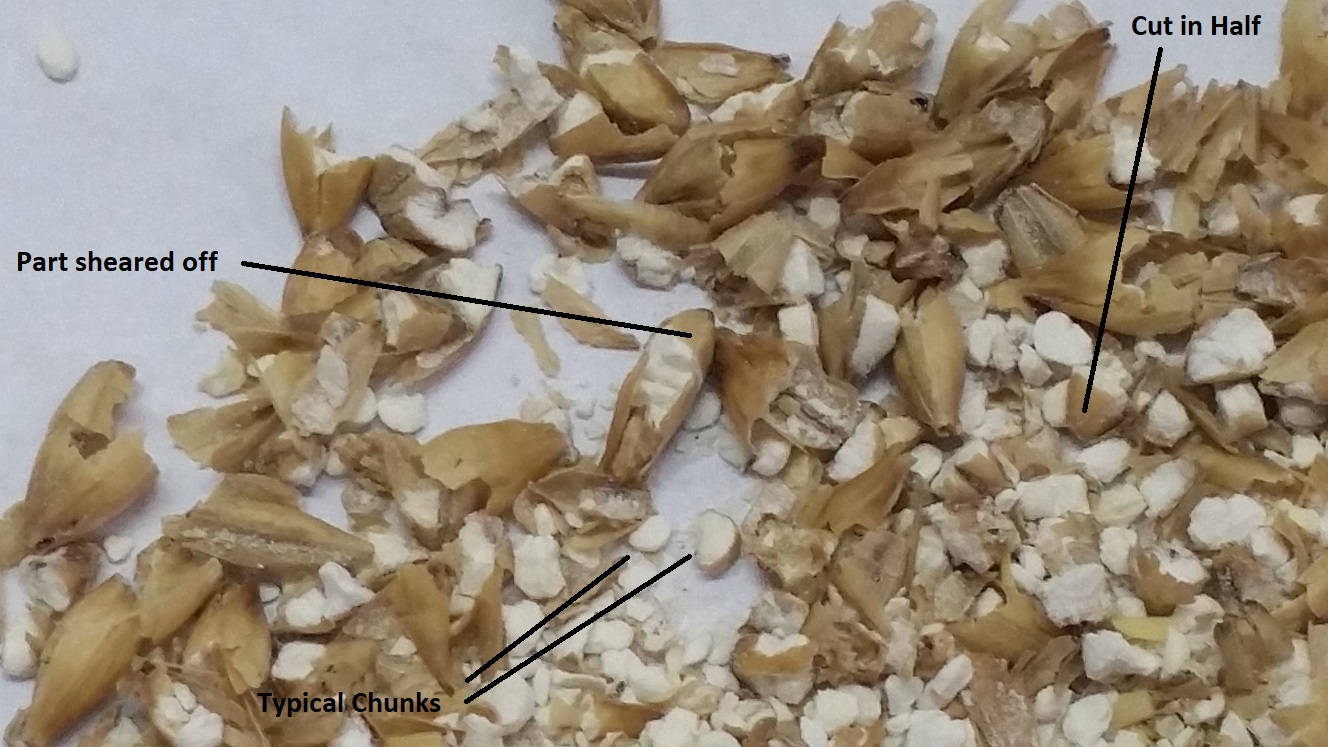forgetaboudit
Well-Known Member
- Joined
- Mar 6, 2016
- Messages
- 101
- Reaction score
- 15
I finished my second BIAB and I'm at a loss...
My estimated post mash gravity was 1.044. I stirred very well, measured the temp, and used a correction calculator and got 1.040. Ok, thats fine with me I think. My estimated post boil gravity is 1.057. I go though the boil, chill it, transfer to carboy, measure temp and gravity and come out with a corrected gravity of 1.032.
WHAT HAPPENED?!
How is it possible to come out with a lower gravity after boiling down??
Why am I so far off after my post mash was real close??
My estimated post mash gravity was 1.044. I stirred very well, measured the temp, and used a correction calculator and got 1.040. Ok, thats fine with me I think. My estimated post boil gravity is 1.057. I go though the boil, chill it, transfer to carboy, measure temp and gravity and come out with a corrected gravity of 1.032.
WHAT HAPPENED?!
How is it possible to come out with a lower gravity after boiling down??
Why am I so far off after my post mash was real close??























































![Craft A Brew - Safale BE-256 Yeast - Fermentis - Belgian Ale Dry Yeast - For Belgian & Strong Ales - Ingredients for Home Brewing - Beer Making Supplies - [3 Pack]](https://m.media-amazon.com/images/I/51bcKEwQmWL._SL500_.jpg)




